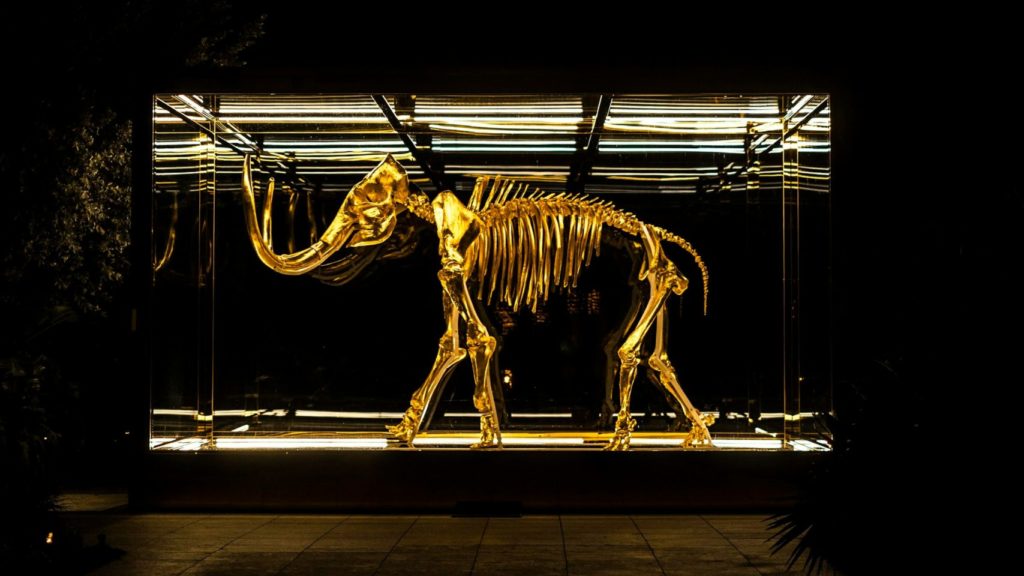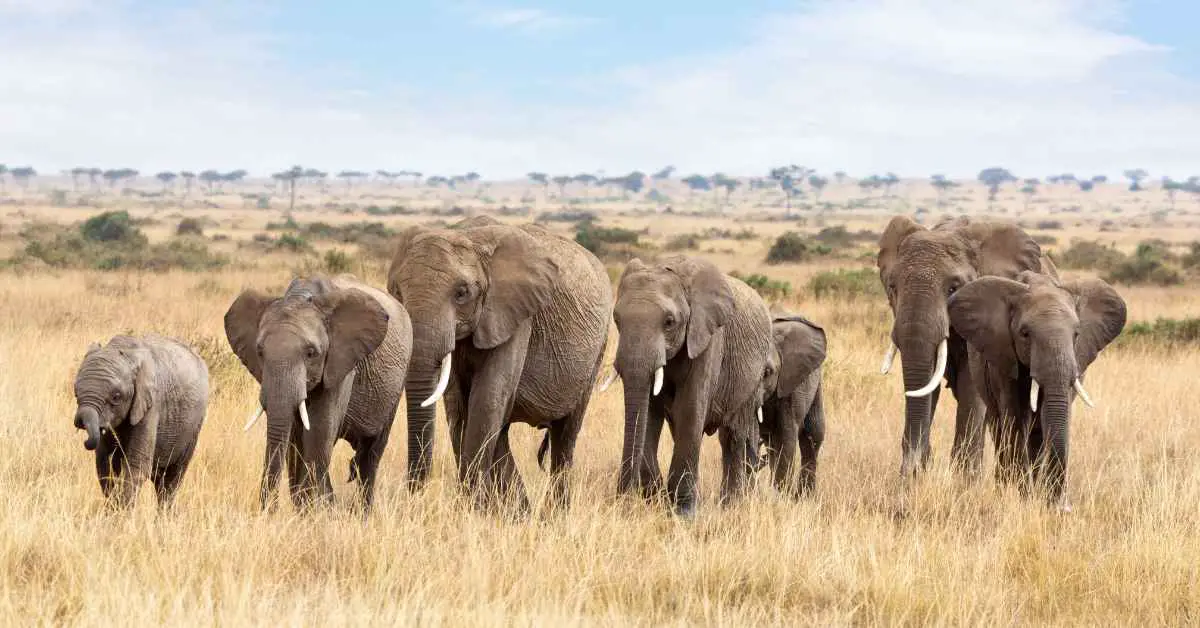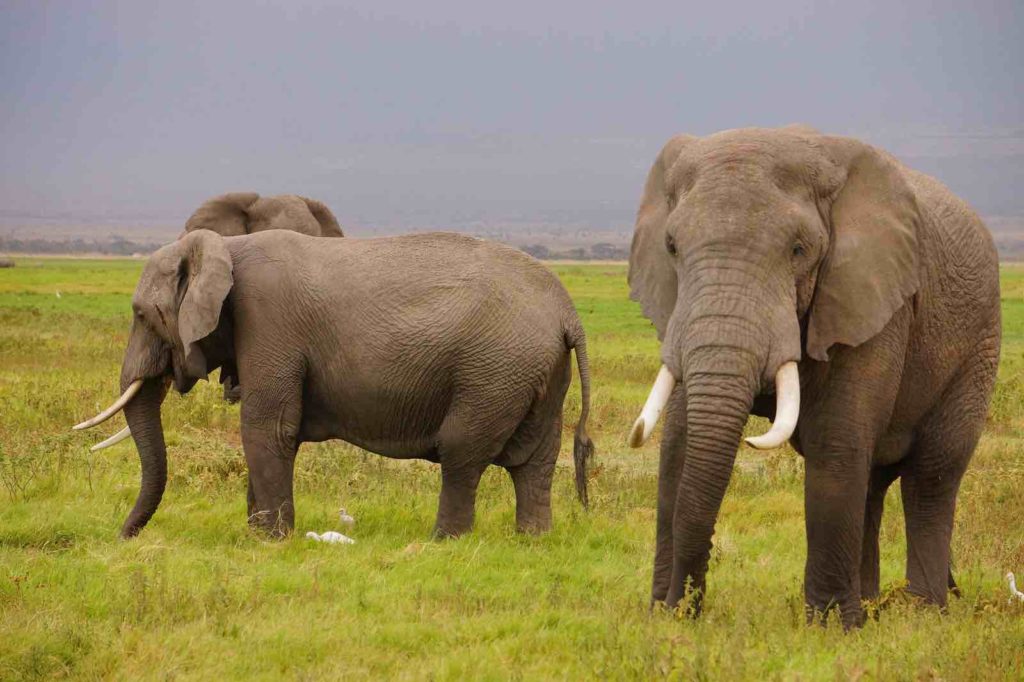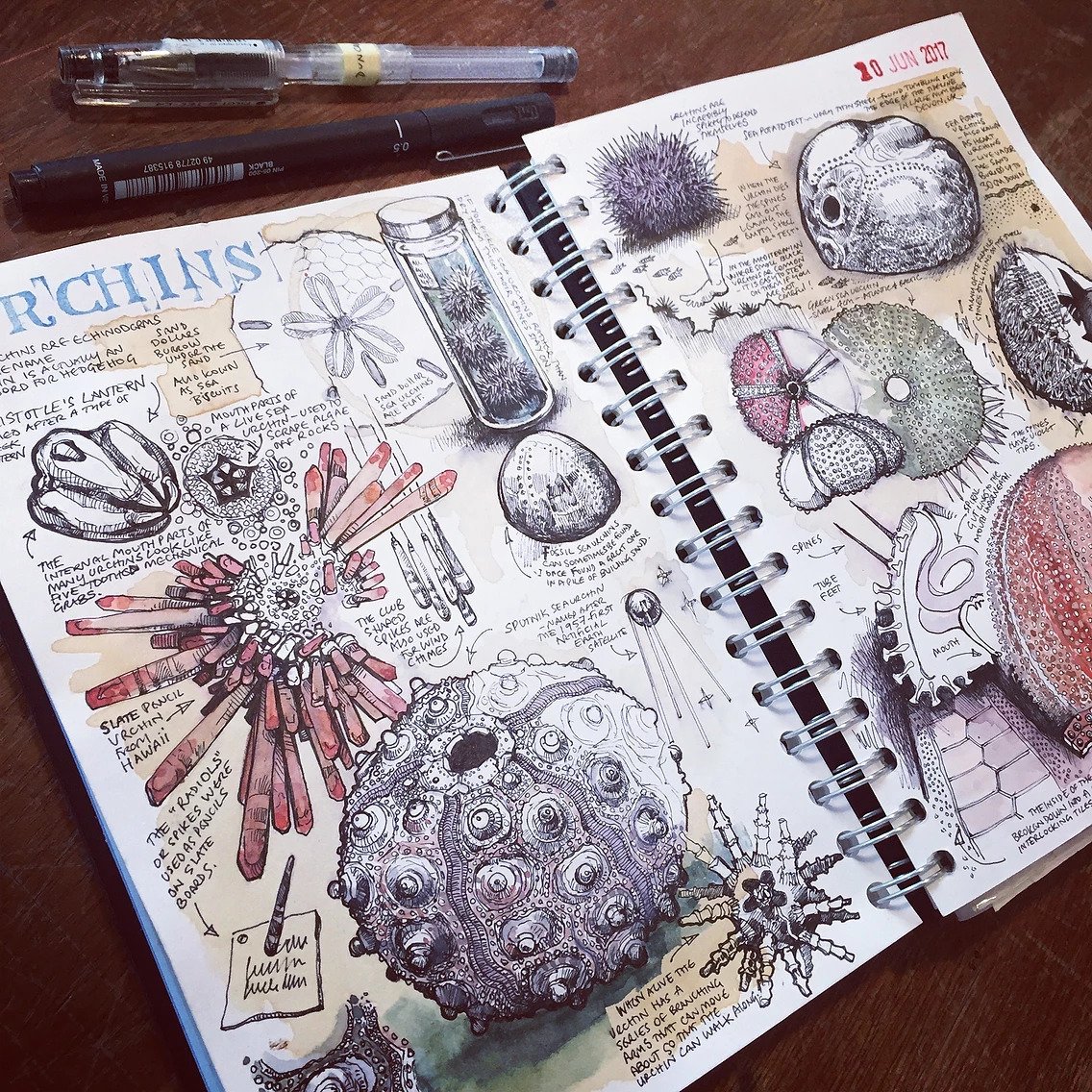Discover Pandipedia
Pandipedia is the world's first encyclopaedia of machine generated content approved by humans. You can contribute by simply searching and clicking/tapping on "Add To Pandipedia" in the answer you like. Learn More
Expand the world's knowledge as you search and help others. Go you!

A climate zone is defined as a distinct area of the Earth characterized by specific climate conditions, including temperature, precipitation, and seasonal variations. These zones are often identified based on geographical factors such as latitude and elevation, as well as the influence of nearby landforms and bodies of water. The classification of climate zones is crucial for understanding the distribution of ecosystems and biodiversity, and helps determine which plants and animals can thrive in different regions[1][4][5].
The concept of climate zones can be traced back to the classification system developed by Wladimir Köppen in the early 1900s, which categorizes climates into five main groups: tropical, dry, temperate, continental, and polar[4][5][6]. Each of these major climate zones can be further subdivided based on specific characteristics, such as seasonal precipitation patterns and temperature ranges[1][3].
Understanding climate zones is essential for various applications, including agriculture, as it helps farmers know which crops are suitable for their local climate conditions[3][6]. Additionally, it is important for scientists monitoring climate change, as shifts in climate zones can indicate changes in global weather patterns[5][6].
Let's look at alternatives:
- Modify the query.
- Start a new thread.
- Remove sources (if manually added).
- Request a manual search from our human research team.

Yes, CNC machines are used for large-scale manufacturing. They facilitate the production of large and complex parts with high precision, as explained in various sources. For example, large-scale CNC machining is essential in industries like aerospace, automotive, and energy, where it is used to manufacture critical components such as aircraft structural parts and generator equipment[4].
Large CNC milling also allows for the quick production of large projects while maintaining accuracy, thanks to computer programs that control the machinery[2]. The automation in CNC machining significantly enhances efficiency and reduces the need for human intervention, making it ideal for high-volume production[3].
Let's look at alternatives:
- Modify the query.
- Start a new thread.
- Remove sources (if manually added).
- Request a manual search from our human research team.
Get more accurate answers with Super Search, upload files, personalised discovery feed, save searches and contribute to the PandiPedia.
Calligraphy Pens
Essential for achieving different calligraphy styles; specific pens are recommended based on the style you want to learn[1][3].
Brush Pens
Ideal for modern brush calligraphy; they offer flexibility and ease of use for beginners[2][3].
Zebra G Nib
A beginner-friendly nib known for its flexibility and ability to create consistent letters[2].

Canson Marker Paper
Recommended for practice due to its smooth surface that works well with various pens[1][3].
Rhodia Dotpad
A practical choice for on-the-go practice; features a subtle dot pattern that aids in guiding strokes[2].
HP Premium Choice Paper
Suitable for pointed pen calligraphy; it is minimally absorbent and high-quality[2].
Kneaded Eraser
A soft and moldable eraser that leaves no residue, perfect for correcting pencil guidelines[3].
HB Mechanical Pencil
Recommended for creating guidelines and sketching layouts; easy to maintain with a sharp tip[2][3].
Rolling Ruler
Useful for creating straight and parallel lines; it includes a mini protractor for angle measurements[1][3].
Southworth Business Paper
Recommended for blackletter calligraphy due to its minimal absorbency and texture[2].
Crayola Broad Edge Markers
Affordable alternatives for brush calligraphy, offering a degree of flexibility for beginners[2].
Pilot Parallel Pen Set
Comprehensive pen set for various ink applications; comes in multiple sizes for different effects[2][4].
Calligraphy Practice Sheets
Structured sheets that provide guidelines and examples to enhance practice sessions[2][3].
High-Quality Handmade Paper
Adds texture and uniqueness to calligraphy projects; best suited for advanced calligraphers[3].
Let's look at alternatives:
- Modify the query.
- Start a new thread.
- Remove sources (if manually added).
- Request a manual search from our human research team.
Let's look at alternatives:
- Modify the query.
- Start a new thread.
- Remove sources (if manually added).
- Request a manual search from our human research team.

Men enjoy throwing rocks from high places due to deep-rooted historical and social factors. Archaeologist Dr. Reid Ferring explains that this activity has been part of human behavior since early Neanderthal times, serving both as a form of communal bonding and as a survival technique, where groups would throw rocks to fend off predators[3][4]. Moreover, modern social media trends amplify this behavior, with many men sharing their rock-throwing exploits online, highlighting the thrill and satisfaction linked to the splash created when a rock hits water[1][2].
This enjoyment is also tied to competition and stress relief, as individuals strive to achieve greater splashes or further throws, reinforcing a sense of camaraderie[2][3].
Let's look at alternatives:
- Modify the query.
- Start a new thread.
- Remove sources (if manually added).
- Request a manual search from our human research team.

Artificial intelligence (AI) is powered by several key technologies and concepts. At its core, AI utilizes machine learning and deep learning technologies, which involve training algorithms to make predictions or decisions based on data. These algorithms learn from the data using various techniques, such as supervised learning, unsupervised learning, and reinforcement learning[5][6].
Machine learning involves creating models by training an algorithm on data to enable computers to learn from and make decisions without being explicitly programmed for tasks. This includes algorithms like neural networks, which are modeled after the human brain's structure and process complex data[5][6]. Neural networks are especially effective in recognizing patterns and relationships in large datasets.
Deep learning, a subset of machine learning, uses multilayered neural networks called deep neural networks. These networks automate feature extraction from large datasets, enabling machines to learn from unstructured data and make accurate predictions[5][6].
Additionally, artificial intelligence systems incorporate technologies for natural language processing (NLP) and computer vision, allowing machines to understand and respond to human language and identify objects in images and videos[5].
Overall, the development of AI relies on combining these technologies to enable systems to simulate human learning, comprehension, problem-solving, decision-making, and creativity[5][6].
Let's look at alternatives:
- Modify the query.
- Start a new thread.
- Remove sources (if manually added).
- Request a manual search from our human research team.
Get more accurate answers with Super Search, upload files, personalised discovery feed, save searches and contribute to the PandiPedia.

Yes, VR therapy can improve mental health outcomes. Studies indicate that it offers effective treatment options for various psychiatric conditions, including PTSD, phobias, and anxiety disorders. VR therapy allows for safe, controlled exposure to stressful stimuli, providing an individualized approach to treatment that can significantly reduce symptoms and enhance positive functioning[1][3].
Additionally, VR therapy engages patients more fully in the therapeutic process, making it a compelling alternative to traditional methods. Patients can confront their fears at their own pace, which may lead to better therapeutic outcomes compared to conventional exposure therapies[4][2].
Let's look at alternatives:
- Modify the query.
- Start a new thread.
- Remove sources (if manually added).
- Request a manual search from our human research team.

The first surfers to ride Teahupoʻo were Tahitians Thierry Vernaudon and a few other locals, who surfed the break for the very first time in 1985. This marked the beginning of Teahupoʻo's recognition within the surfing community, as bodyboarding pioneers Mike Stewart and Ben Severson showcased the spot shortly thereafter in 1986, bringing attention to its potential as a surfing destination[1][2].
Local tradition also attributes the first surfing of the wave to a young girl named Vehiatua, who surfed there in an early contest. Her remarkable ability quickly established her as a local legend[3][4].
Let's look at alternatives:
- Modify the query.
- Start a new thread.
- Remove sources (if manually added).
- Request a manual search from our human research team.

Elephants are renowned for their complex social structures, which are primarily matriarchal. These structures revolve around tightly-knit family units that promote cooperation, emotional bonds, and survival within various environmental contexts.
Matriarchal Leadership

At the center of each elephant herd is the matriarch, typically the oldest female. This matriarch plays a critical role in leading the herd, making key decisions about foraging, migration, and social relations. Her accumulated wisdom is indispensable, especially in finding food and water, while also imparting knowledge to younger herd members[1][11]. The matriarch's dominance in the social hierarchy is not just due to her age but also her experience and social skills, which earn her the respect of the entire group[1][3].
Herd Composition

An elephant herd typically consists of several generations of females, including the matriarch, her daughters, and their offspring[4][10]. Female elephants generally remain with their natal herds for life and share strong familial bonds characterized by cooperation in nurturing and protecting the young. Allomothering, where non-maternal females assist in raising calves, is common and ensures that all young elephants receive the necessary care and education[2][3][5]. This collective rearing is vital for the survival of the calves, as it increases their chances against predators and environmental stressors.
Male Elephants and Social Dynamics

In contrast to the stable female family units, male elephants adopt a more solitary lifestyle or form temporarily cohesive bachelor groups. Young males typically leave their natal herds between the ages of 12 and 15. These bachelor groups, often transient and marked by competitive hierarchies based on size and age, serve as a context for young males to socialize and learn necessary behaviors in preparation for adulthood[3][5][9]. Although males maintain a degree of independence, they occasionally return to their familial herds to interact and ensure their family's well-being[5][10].
Emotional Bonds and Mourning Behavior

Elephants exhibit profound emotional connections within their herds. When a member dies, the herd engages in elaborate mourning rituals, which may include touching the deceased with their trunks, covering the body with earth, and pausing in silence to show respect. This behavior underscores the strong emotional bonds and social cohesion within the group[8][11]. Additionally, elephants are known to revisit grave sites, displaying signs of grief and recognizing the remains of dead relatives[10][11].
Communication and Social Learning

Elephants possess a highly developed communication system comprising vocalizations, body language, and tactile signals. Their ability to produce low-frequency calls, which can be perceived over great distances, helps maintain connections between individuals separated by considerable space[2][5][6]. These communication methods facilitate social learning, where younger elephants learn critical survival skills from their elders, including foraging techniques and social behaviors essential for thriving within their complex social system.
Fluidity of Social Structures

While matriarchal herds are the norm, elephant social structures can be fluid. Elephants adapt their social dynamics based on environmental factors such as resource availability. In areas with plentiful food and water, herds can grow larger, while in less hospitable regions, they may break into smaller family groups or bond units to enhance survival prospects[4][5][10]. This adaptability demonstrates the resilience of elephant herds as they navigate changing landscapes and social challenges.
Conclusion
The social structures of elephant herds are intricate and multifaceted, characterized by matriarchal leadership, deep emotional bonds, and cooperative parenting. The matriarch’s role is crucial for the herd's survival, fostering unity and guiding younger generations. Male elephants adopt different social dynamics, often leading solitary lives after leaving their natal herds. Elephants' rich emotional lives are evident in their mourning rituals, while their communication and social learning abilities highlight the complexity of their interactions. Understanding these social structures is vital for conservation efforts aimed at preserving elephant populations and their intricate social fabric.
Let's look at alternatives:
- Modify the query.
- Start a new thread.
- Remove sources (if manually added).
- Request a manual search from our human research team.

Transfer learning has revolutionized model training by allowing practitioners to leverage pre-trained models for new, related tasks, significantly reducing the need for extensive labeled data and computational resources. This method is particularly beneficial in fields like computer vision and natural language processing, where models can be fine-tuned to perform specific tasks with limited training data, thus enhancing efficiency and performance[1][2].
By utilizing models initially trained on large datasets, like ImageNet, transfer learning accelerates training processes and often leads to better results compared to training models from scratch. This has made deep learning more accessible, enabling applications in diverse areas, including medical diagnostics and financial forecasting[3].
Let's look at alternatives:
- Modify the query.
- Start a new thread.
- Remove sources (if manually added).
- Request a manual search from our human research team.



















































